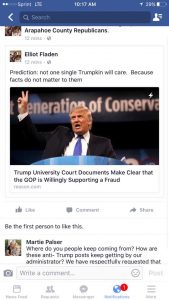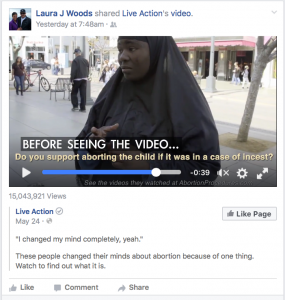In his new autobiography, Colorado Gov. John Hickenlooper offers lots of kind thoughts about journalism, which has served him well, but he doesn’t give the Rocky Mountain News the credit it deserves for launching his political career.
If you were around in 2003, you know that an early Rocky endorsement of Hick was essential to his second-place finish in the Denver mayoral primary, setting him up to easily defeat then city auditor Don Mares in a runoff election.
I documented the editorial’s unbelievable impact a few years ago, collecting quotes from numerous campaign staff and politicos about the importance of the editorial.
Even Hick told me, “I could not have possibly won without that endorsement.” His former wife Helen Thorpe called it a “game changer.”
But Hick’s autobiography gives it short shrift. The book calls the endorsement “glowing” and, in passing, “campaign-altering.” And recounts the strategic plan to land it.
Hick also provides an excerpt of the editorial, written by Rocky editorial page editor Vincent Carroll.
But the book doesn’t adequately convey just how much legitimacy and fuel that the Rocky’s endorsement gave Hickenlooper’s fledgling campaign at the time.
As such, the autobiography doesn’t do justice to what’s easily the most influential newspaper editorial in memory and probably in Colorado history.
Journalism aficionados will enjoy The Opposite of Woe anyway, as it has lots of tidbits about different scribes in Denver.
Hick writes warmly of journalism throughout the book. He became an English major with the intention of becoming an “author-journalist,” having been inspired by his journalist aunt and by Gil Spencer, who was his Little League baseball coach in New Jersey (before Spencer became a Denver Post editor).
“Also, it seemed to me that girls always went for writers,” Hick admits in the book, written with Denver journalist Maximillian Potter. “Lord knows, I needed all the help I could get in that department.” On the downside, writing required that Hick “sit down, be still, be alone.” Not what he wanted to do.
The Governor, who’s scheduled to speak at the Democratic National Convention, has said he’s troubled about the demise of journalism, and he repeats this in the autobiography, writing at one point that he’s come to appreciate even more during his years in public service that journalism “plays a critical role in effecting change.” (In the process of praising journalism, he slams bloggers a bit, but I’ll forgive him.)
Hick tells us about Westword Editor Patricia Calhoun being a “member of our think tank,” when he first ran for mayor. He recounts the spectacularly successful media stunts at the Wynkoop brewery, such as the running of the pigs. And his media-driven campaign to save the name “Mile High Stadium.”
You get a sense from the book that Hick was cozy with gossip columnists like the Rocky’s Bill Husted and The Denver Post’s Dick “Mr. Beer” Kreck. But what doesn’t come through is the fact that they (and other columnists) fawned over the brew pub owner, mentioning him constantly in their columns, and making a bit of a folk hero out of him (at least among elites) before he ran for office.
Hick writes about how Denver Post Owner Dean Singleton was “adamant” and “demanded” that Hick launch a mayoral run, because, Hick writes, Singleton was angry at Mares “over management of Winter Park.”
“Dean wanted anyone but Don Mares to be the next mayor,” writes Hick. “He thought I was the only hope of preventing a Mares victory in nine months.”
Hick has a way morphing himself and others this way and that, as we all know, and it’s illustrated nicely in the book with an anecdote about KNUS 710-AM talk-radio host Peter Boyles, formerly a respected journalist-type, who now unfairly uses Hickenlooper as his poster child for evil politicians.
But Hick finds a way to be nice to Boyles in the book—and for Boyles to laud him.
Hick tells the story about how, as mayor, he called Boyles’ radio show to announce his decision not to replace “Merry Christmas” with “Happy Holidays” on the City and County Building, reversing a decision Hick had made to remove “Merry Christmas.”
Hick writes, “How refreshing, Boyles said, to hear an elected official own up to a boneheaded mistake and not try to defend it. With the best of intentions, I had made a mistake. I admitted it and corrected it. To me, it was as simple as that.”
I doubt Boyles has complimented Hick since then. And we’re stuck with Merry Christmas on the City and County Building. So it goes in reality.
And, as the book’s story-telling shows, Hick continues to be a master of the media, which has been a huge strength of his from the get-go.
Journalism been good for him, and he’s been good for journalism. And we’ve all benefited.




